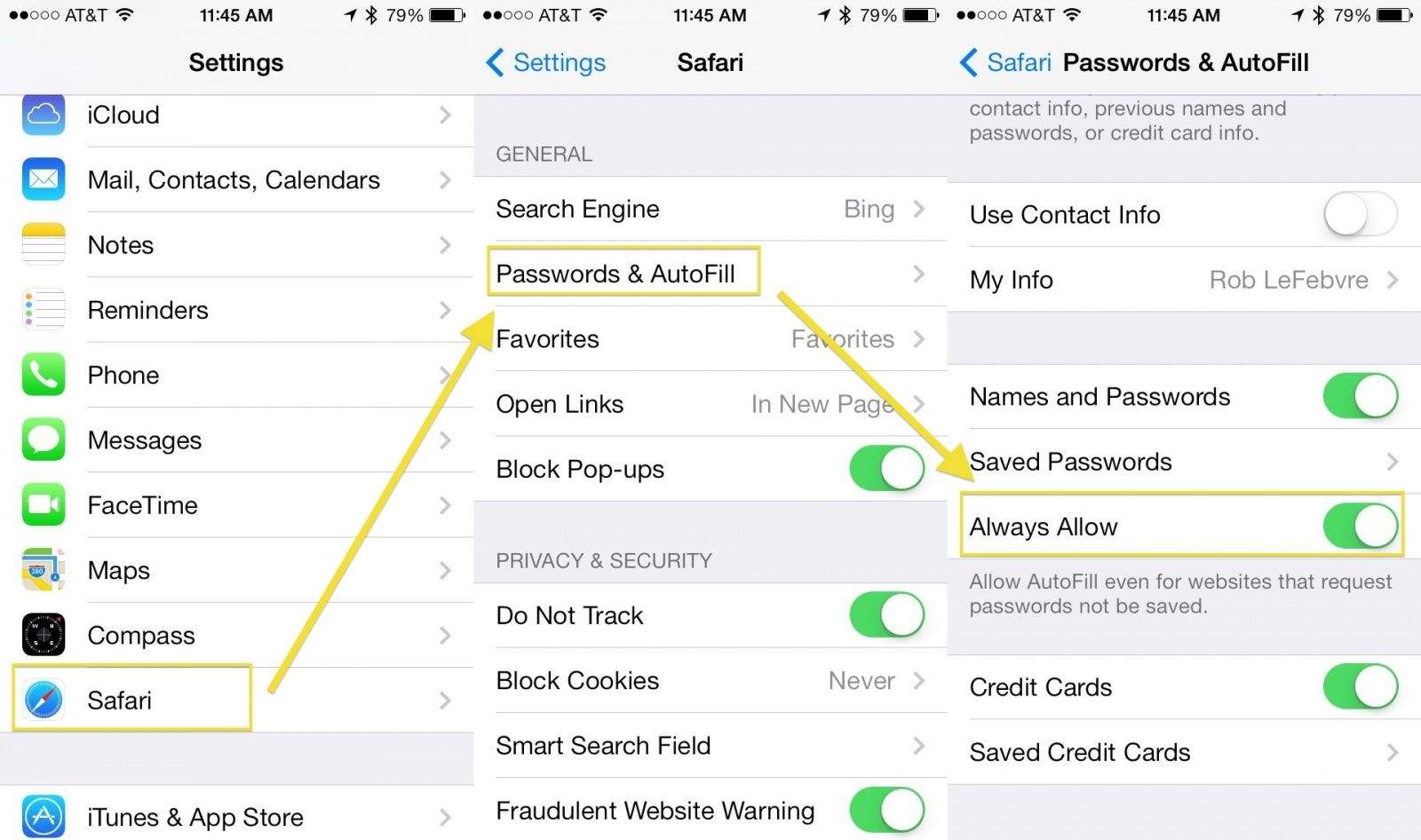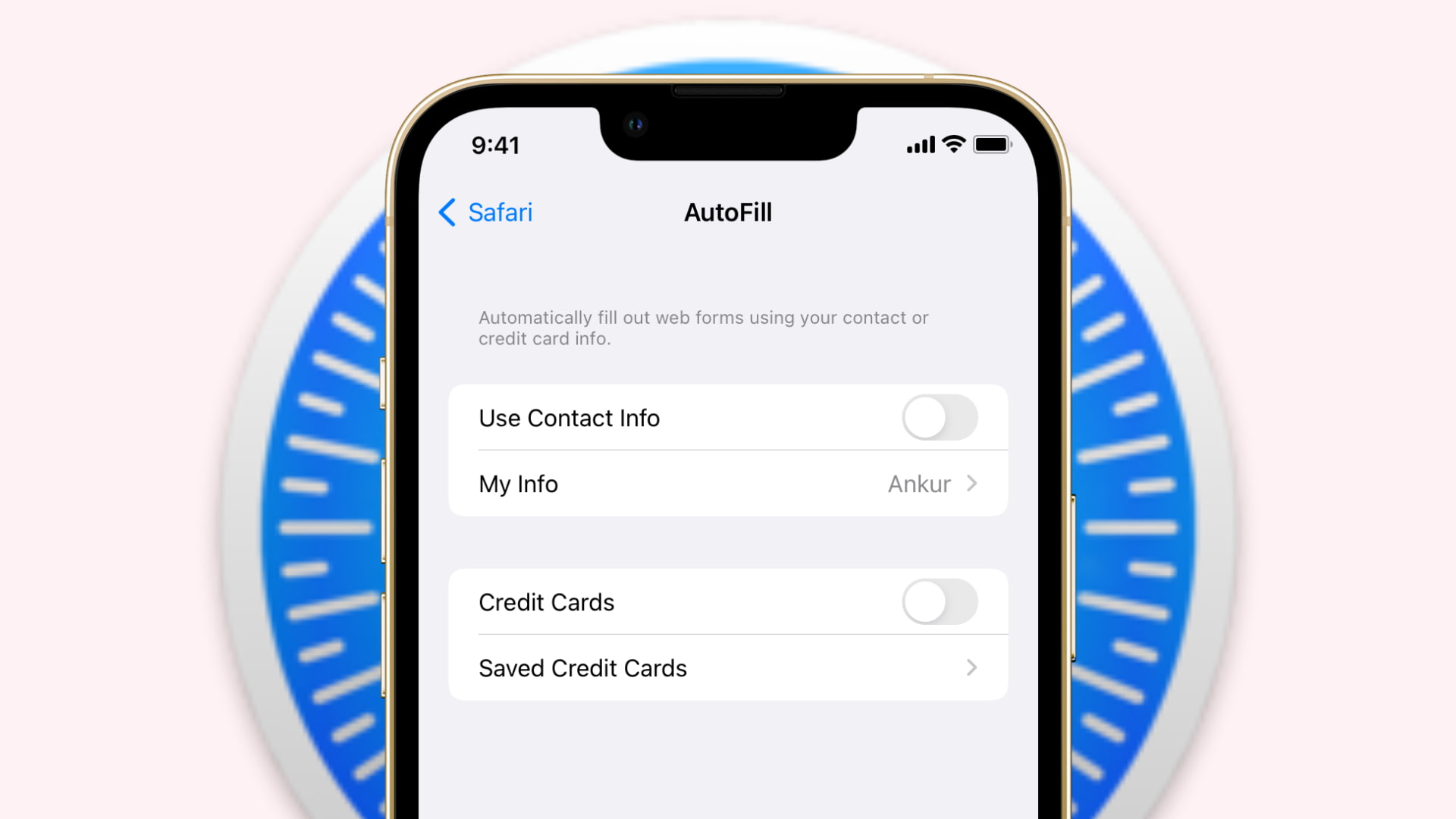Introduction
Safari, the native web browser for Mac, offers a seamless and secure browsing experience. One of its convenient features is the ability to save passwords for various websites, eliminating the need to repeatedly enter login credentials. This can be a real time-saver, especially for those who frequent multiple online platforms.
However, there are instances when you might need to retrieve a saved password. Perhaps you've forgotten the login details for a particular website, or you simply want to review the passwords you've stored. In such cases, Safari provides a straightforward method to access and manage your saved passwords.
In this article, we'll delve into the process of viewing saved passwords in Safari on your Mac. Whether you're a seasoned Safari user or a newcomer to the platform, understanding how to access and manage your stored passwords can enhance your browsing experience and bolster your digital security.
Let's embark on this journey to uncover the steps for accessing and managing saved passwords in Safari, empowering you to navigate the digital realm with confidence and ease.
Accessing Safari Preferences
Accessing Safari preferences is the initial step towards uncovering your saved passwords. Safari offers a user-friendly interface, making it easy to access and manage various settings, including saved passwords. Here's how you can access Safari preferences on your Mac:
-
Launch Safari: Begin by opening the Safari web browser on your Mac. You can find the Safari icon in the Dock or by navigating to the Applications folder.
-
Open Preferences: Once Safari is open, navigate to the top-left corner of your screen and click on "Safari" in the menu bar. A drop-down menu will appear, and within this menu, select "Preferences." Alternatively, you can use the keyboard shortcut "Command + ," to directly access the Preferences window.
-
Accessing Preferences Window: Upon selecting "Preferences," a new window will open, displaying a range of settings and options for Safari. This is where you can customize various aspects of the browser, including security, privacy, and passwords.
By following these simple steps, you can easily access the Safari preferences window, setting the stage for viewing and managing your saved passwords. With the preferences window at your fingertips, you're now ready to delve into the next phase of uncovering your stored passwords in Safari.
Accessing Safari preferences is the gateway to unlocking a wealth of features and settings within the browser, providing you with the flexibility to tailor your browsing experience to your preferences and security needs. Now that you've accessed the preferences window, let's proceed to the next stage of our journey: viewing your saved passwords in Safari.
Viewing Saved Passwords
Once you have accessed the Safari preferences window, you are just a few clicks away from viewing your saved passwords. Here's how you can proceed:
-
Select the "Passwords" Tab: Within the Safari preferences window, locate and click on the "Passwords" tab. This action will prompt Safari to request your system password or biometric authentication to proceed, ensuring an additional layer of security for accessing your stored passwords.
-
Authenticate Your Identity: Upon clicking the "Passwords" tab, Safari will require you to authenticate your identity using your system password or biometric credentials, such as Touch ID or Face ID. This security measure is in place to safeguard your sensitive login information, reinforcing the privacy and protection of your stored passwords.
-
View Your Saved Passwords: After successfully authenticating your identity, Safari will display a list of websites for which you have stored passwords. Each entry will typically include the website's URL and your associated username. By clicking on a specific entry, you can reveal the saved password for that website, providing you with the ability to access and reference the login credentials as needed.
-
Search Functionality: Safari also offers a convenient search functionality within the "Passwords" tab, enabling you to quickly locate specific websites or usernames within your stored passwords. This feature proves invaluable when you have numerous saved passwords and need to pinpoint a particular entry without scrolling through an extensive list.
-
Additional Details: In addition to displaying website URLs and usernames, Safari provides the option to view additional details for each saved password entry. This may include the date when the password was last updated, offering insights into the currency and security of your stored login credentials.
By following these steps, you can effortlessly view your saved passwords in Safari, gaining visibility into the array of websites for which you have stored login information. This accessibility empowers you to retrieve and reference your passwords as needed, streamlining your browsing experience and reinforcing the security of your online accounts. With the ability to view your saved passwords at your fingertips, you are better equipped to navigate the digital landscape with confidence and convenience.
Managing Saved Passwords
Managing saved passwords in Safari encompasses a range of actions that enable you to maintain the security and accessibility of your stored login credentials. Once you have accessed and viewed your saved passwords, it's essential to understand how to effectively manage and organize this sensitive information. Here's a comprehensive guide to managing your saved passwords in Safari on your Mac:
Editing Saved Passwords
Safari provides the flexibility to edit your saved passwords, allowing you to update or modify login credentials as needed. To edit a saved password, simply navigate to the "Passwords" tab within Safari preferences, locate the entry for the website whose password you wish to edit, and select the corresponding entry. This action will reveal the stored password, along with an option to edit the login details. By clicking on the "Edit" button, you can update the username or password associated with the selected website, ensuring that your stored credentials remain accurate and up to date.
Removing Saved Passwords
In instances where you no longer require a saved password or need to declutter your list of stored credentials, Safari enables you to remove saved passwords with ease. Within the "Passwords" tab, simply select the entry for the website from which you wish to remove the saved password. Upon selecting the entry, Safari provides an option to delete the stored password, allowing you to declutter your saved passwords and maintain a streamlined list of login credentials.
Adding New Saved Passwords
When you visit a website for which you haven't previously saved the login credentials, Safari offers a seamless method to add new saved passwords. Upon entering your username and password for a website, Safari will prompt you to save the login details. By opting to save the password, Safari will securely store the credentials for future use, streamlining your access to the website without the need to repeatedly enter the login information.
Security Considerations
As you manage your saved passwords in Safari, it's crucial to prioritize security and privacy. Safari employs robust encryption to safeguard your stored passwords, ensuring that your login credentials remain protected from unauthorized access. Additionally, Safari's integration with the iCloud Keychain provides a secure method to sync and access your saved passwords across your Apple devices, enhancing both convenience and security.
By mastering the art of managing saved passwords in Safari, you can effectively maintain the security and efficiency of your online accounts. Whether you need to edit, remove, or add new saved passwords, Safari equips you with the tools to streamline this process, empowering you to navigate the digital landscape with confidence and peace of mind.

























